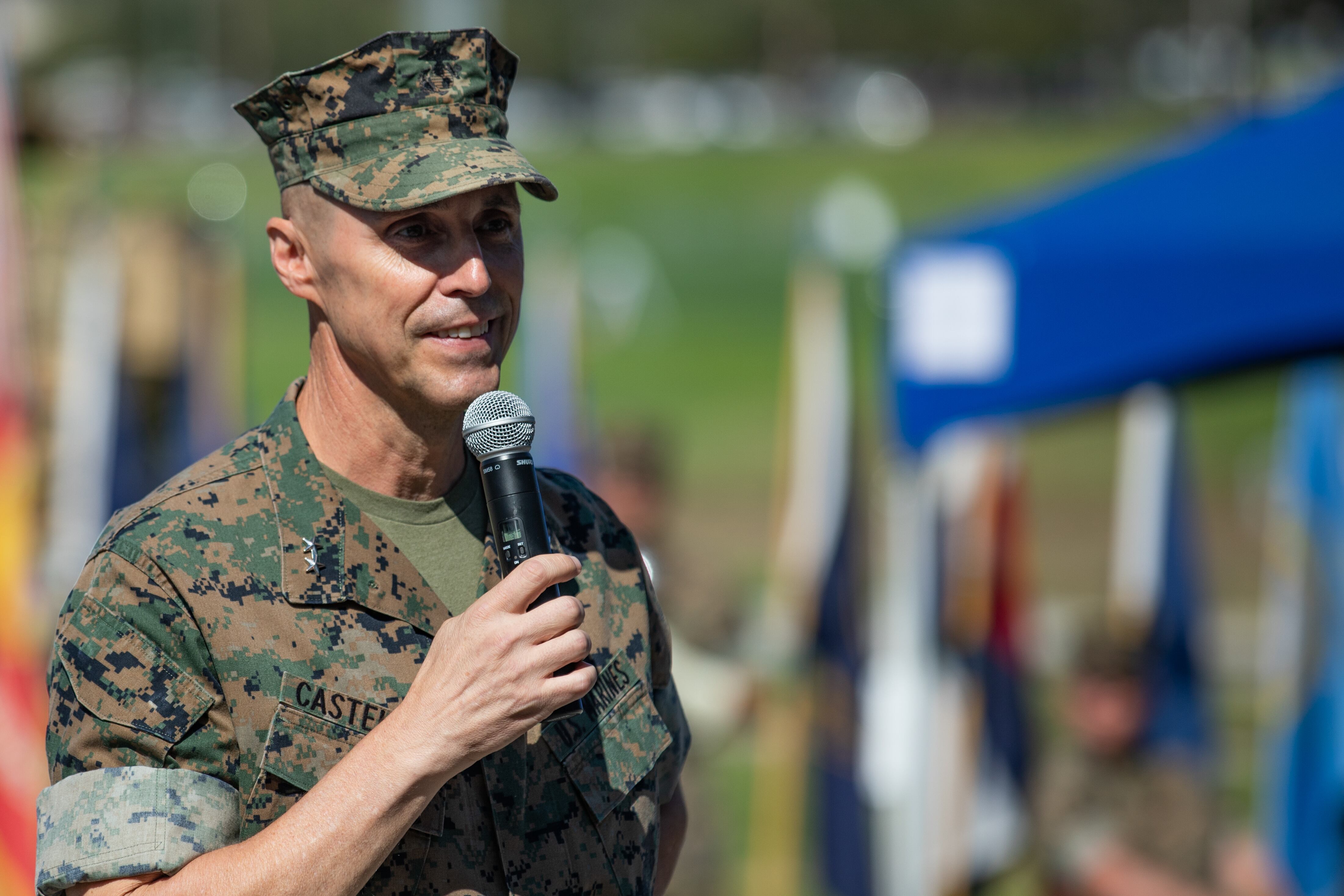The top Marine is considering taking discipline measures against generals who oversaw units involved in a summer 2020 amphibious assault vehicle sinking in California that resulted in the death of eight Marines and one sailor.
The Marine Corps recently completed an investigation into the formation of the 15th Marine Expeditionary Unit with a particular eye on why the units were not properly trained nor equipped for the upcoming deployment.
Commandant Gen. David Berger says he will soon talk to acting Secretary of the Navy Thomas Harker about the findings in that investigation and decide which actions will be taken.
“Everything is on the table,” from no action to courts-martial, Berger told reporters Wednesday at a briefing in the Pentagon.
“We will never hesitate — legal or on the other side — to relieve a commander if we’ve lost trust and confidence. But I needed to understand in greater depth about how that MEU was composited, which I now know,” he said.
RELATED

The investigation, the second from the Marine Corps into the incident, will be released once it is fully endorsed by all the necessary members of the chain of command and briefed to the families of the nine service members who died, Berger said.
The vehicle sank during the evening of July 30, 2020, while returning to ship after completing a mechanical raid training exercise on San Clemente Island, California.
A previous investigation into the sinking found several points where command failures led to the wholly preventable tragedy.
The Marines were sent on the deployment with AAVs fresh from the deadline lot and were not given nearly enough time or resources to make the broken vehicles serviceable, according to the first Marine Corps investigation.
Only two of the infantry Marines riding the back of the AAV were fully trained on how to escape if the vehicle started to take on water.
Two of the service members were not even fully swim qualified.
The lack of training extended to the AAV platoon as well, the investigation said.
The platoon failed to complete its required predeployment evaluation, partially because those in charge did not think it was required of a platoon size unit going on deployment and partially because they thought the land-only training half the platoon completed in exercise Native Fury was enough to deploy.
“There are no excuses for not getting the whole unit through the required training. None,” Berger told reporters on Wednesday.
The original investigation found Maj. Gen. Robert Castellvi partially responsible for the accident because he failed as the then 1st Marine Division commander to ensure the AAV and infantry Marines were trained and properly equipped for the 15th MEU deployment.
However, it recommended he not be disciplined because his failures could have been corrected before the sinking and because, “he was not the on-scene commander during the mishap,” according to the investigation.
Castellvi later moved on to become the inspector general of the Marine Corps, but in early May was suspended from that position pending the results of the most recent Marine Corps investigation.
In addition to determining Castellvi’s role, and the 1st Marine Division’s role, in the mishap, the new investigation looked into I Marine Expeditionary Force, led by Lt. Gen. Joseph Osterman, during the formation of the MEU and at the 15th MEU itself, then led by Col. Christopher J. Bronzi.
Bronzi was relieved in March by Lt. Gen. Steven Rudder, commanding officer of U.S. Marine Corps Forces, Pacific, based off of the initial investigation.
Osterman is now retired.
Though Berger is possibly considering court-martialing generals, he said accountability for the accident ends with him.
“Ultimately, the commandant, the service chief is ultimately responsible for everything that Marines do, everything that Marines fail to do, so accountability is me,” Berger said. “I accept that.”





